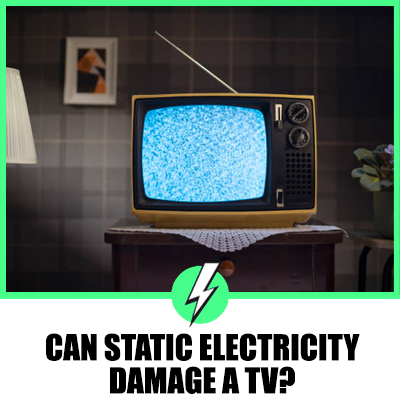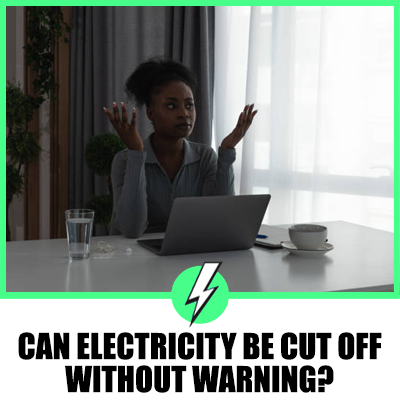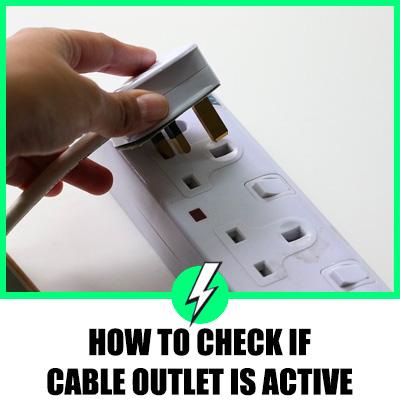Can Static Electricity Damage a TV?
Electricity.
It’s a fundamental force that powers our homes, our devices, and our lives.
But its capabilities extend far beyond these everyday uses.
One of its most fascinating abilities is to interact with substances, such as gases like oxygen and air, in dramatic ways.
But how does this process work, and what factors are involved?
Let’s explore this electrifying topic.

Contents
The Power of Static Electricity
Static electricity, while often harmless in our daily interactions, can indeed pose a threat to electronic devices.
This is because electronic devices, including TVs, are composed of sensitive components that can be damaged by the sudden and unexpected flow of electricity.
In particular, static electricity can cause damage when it leads to an electrostatic discharge (ESD).
This occurs when a charged object comes into contact with another object, causing a sudden flow of electricity between them.
If one of these objects is an electronic device, the sudden surge of electricity can cause damage to its internal components.
How Do I Get Rid of Static Electricity on my TV?
Getting rid of static electricity on your TV can be achieved through several methods.
One common method is to use a fabric softener sheet.
Simply rub the sheet over the screen to eliminate the static buildup.
Alternatively, you can apply liquid fabric softener to a clean cloth and wipe the screen with it.
Another method is to place an air humidifier in the room.
This can help reduce the static in the air that can affect the TV.
In extreme cases, you can also use a magnet to get rid of the static.
However, this should be done with caution, as magnets can potentially cause damage to certain types of screens.
Is TV Static or Current Electricity?
The term “TV static” is often used to refer to the random pattern of white dots and black dots that appear on a TV screen when it’s not receiving a signal.
This is not related to static electricity.
Instead, it’s caused by the random noise generated by the electronic components in the TV.
In terms of electricity, a TV uses current electricity, not static electricity.
Current electricity is the flow of electric charge, which is what powers the TV and allows it to display images and produce sound.
Why Is There Static When I Touch my TV?
If you experience static when you touch your TV, it’s likely due to the buildup of static electricity on your body.
This can occur when you walk on a carpet or remove a sweater, for example.
When you touch the TV, the static electricity on your body discharges, causing you to feel a shock.
It’s worth noting that this is not likely to cause damage to the TV, as most TVs are designed to handle such discharges.
However, it can be unpleasant for you, so it’s a good idea to discharge any static electricity on your body before touching electronic devices.
Insights from Online Discussions
Online discussions reveal a variety of experiences and perspectives on this topic.
Some users have reported experiencing static shocks when touching their TVs, particularly after unboxing them.
Others have shared tips for reducing static, such as using a humidifier or wiping the screen with a fabric softener sheet.
A few users have also shared concerns about the potential for static electricity to damage their TVs.
However, the consensus seems to be that while static electricity can potentially cause damage, most modern TVs are designed to handle static discharges without suffering damage.
Conclusion
Static electricity, while often a minor annoyance in our daily lives, can potentially pose a threat to electronic devices.
However, modern TVs are designed to handle static discharges, so the risk of damage is low.
By understanding how static electricity works and taking simple steps to reduce static buildup, you can help protect your TV and other electronic devices.
Whether you’re in the UK or the US, the study of static electricity and its effects on electronics is a global endeavor, bringing together scientists, engineers, and enthusiasts from around the world in a shared quest for knowledge and understanding.
So, the next time you experience a static shock, remember, you’re experiencing a fascinating and powerful natural phenomenon!





